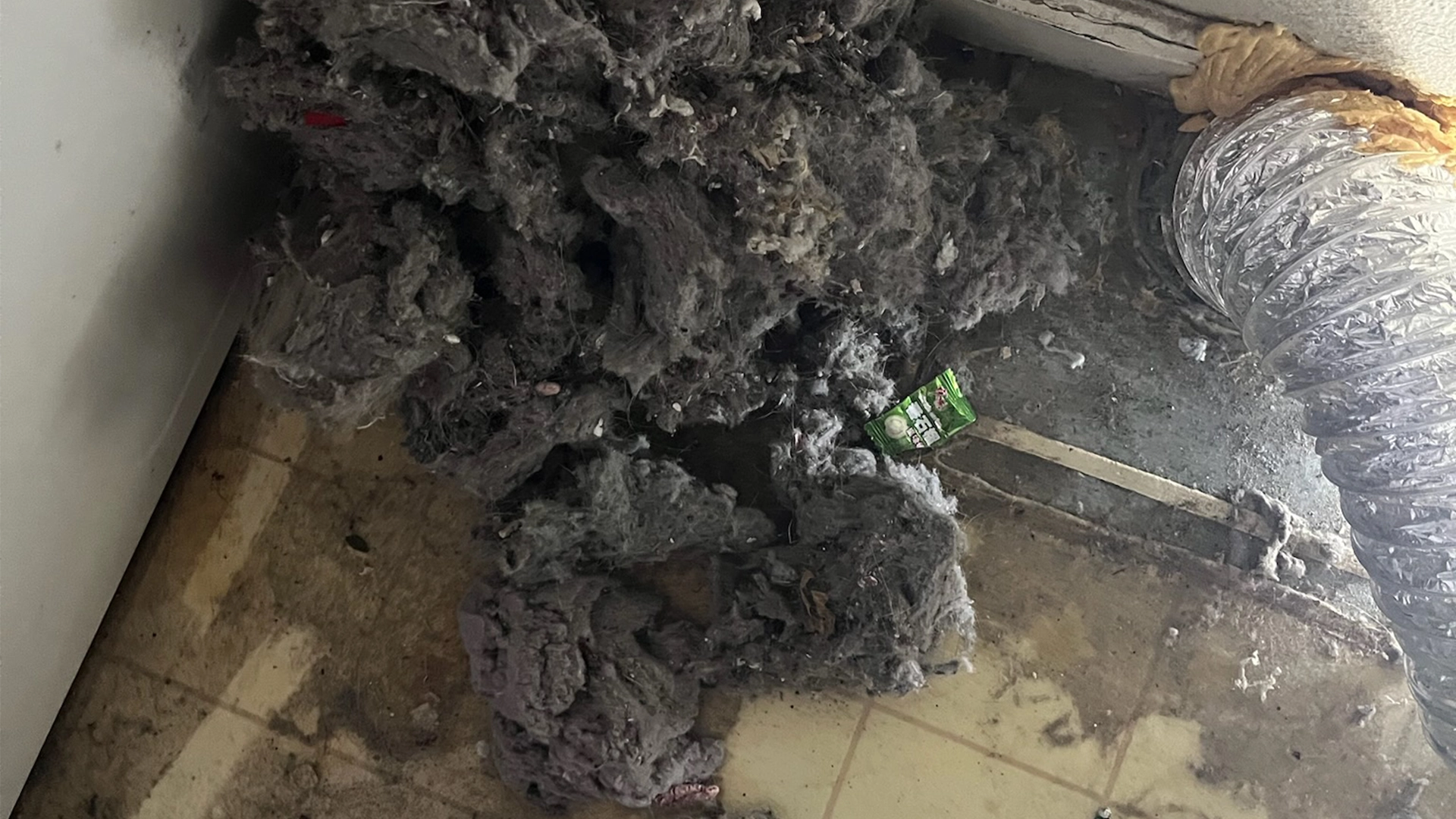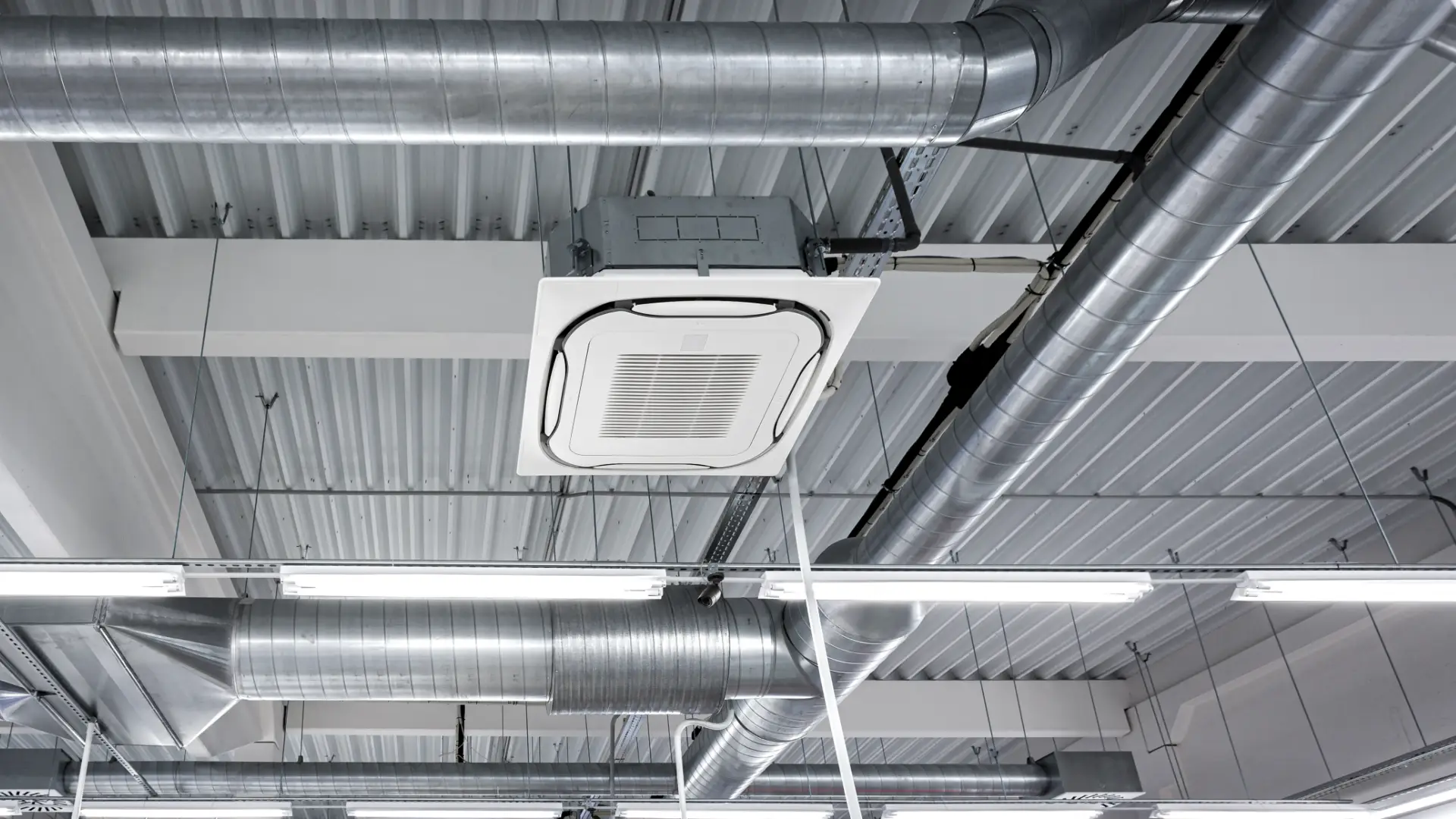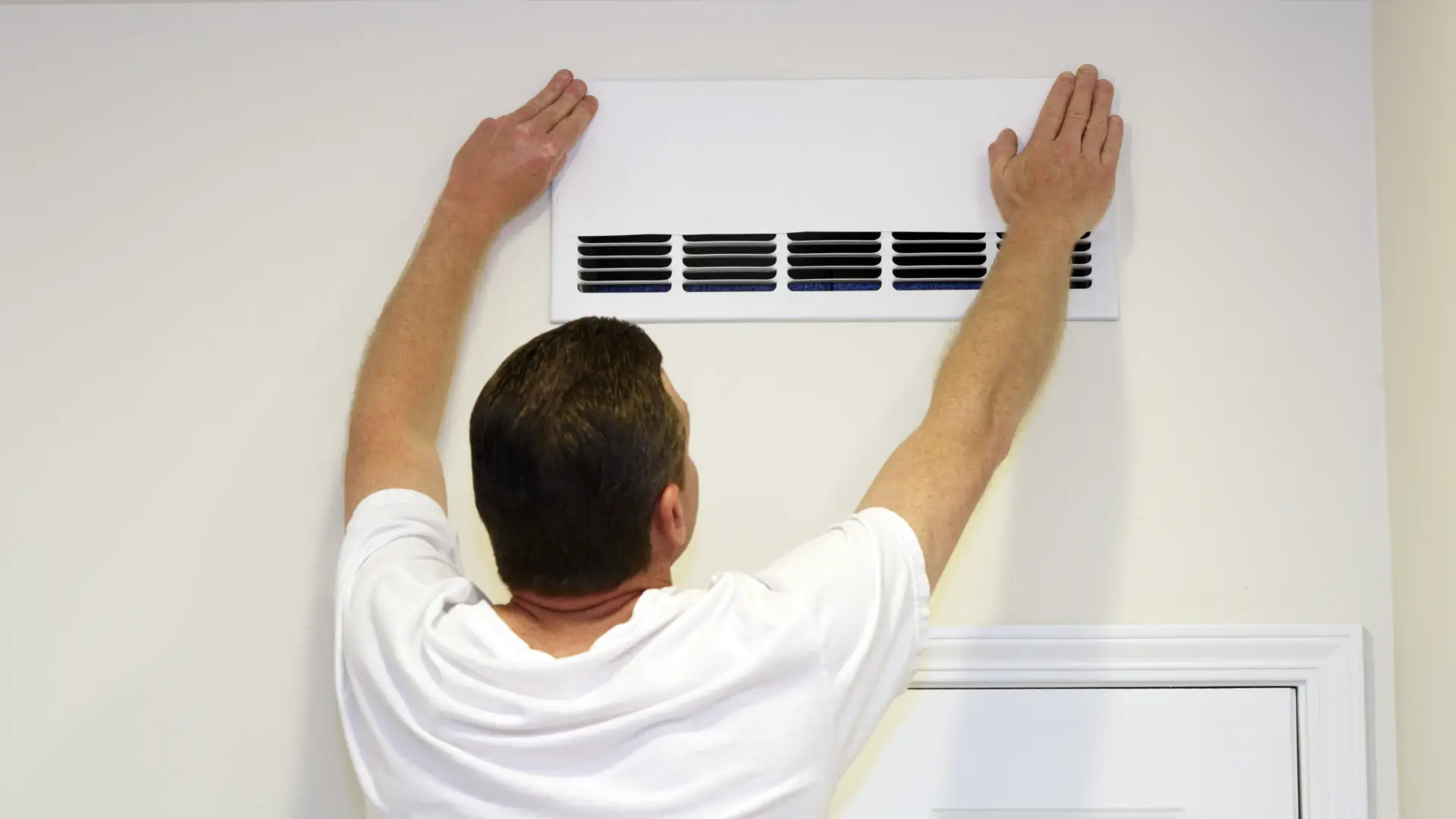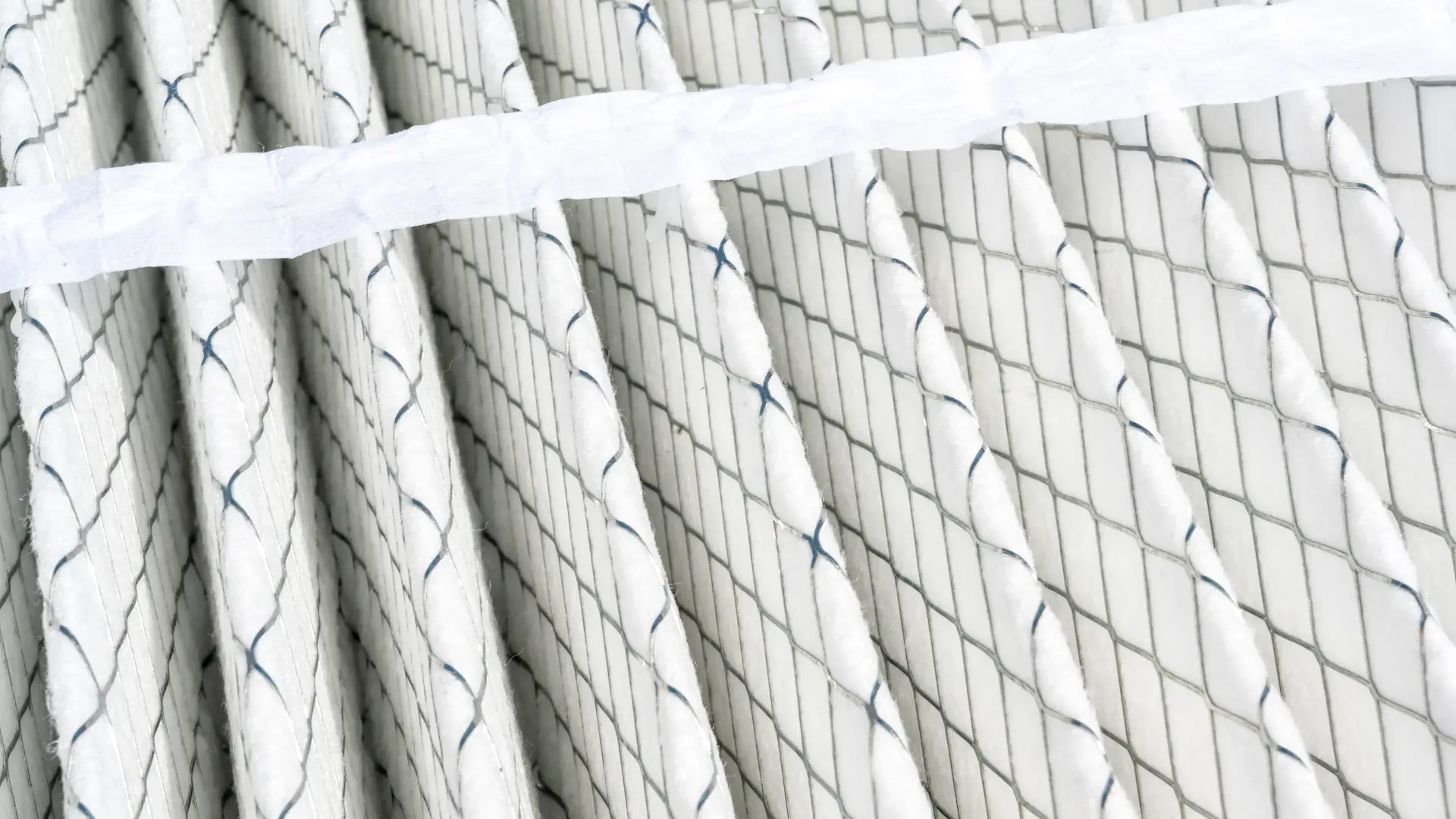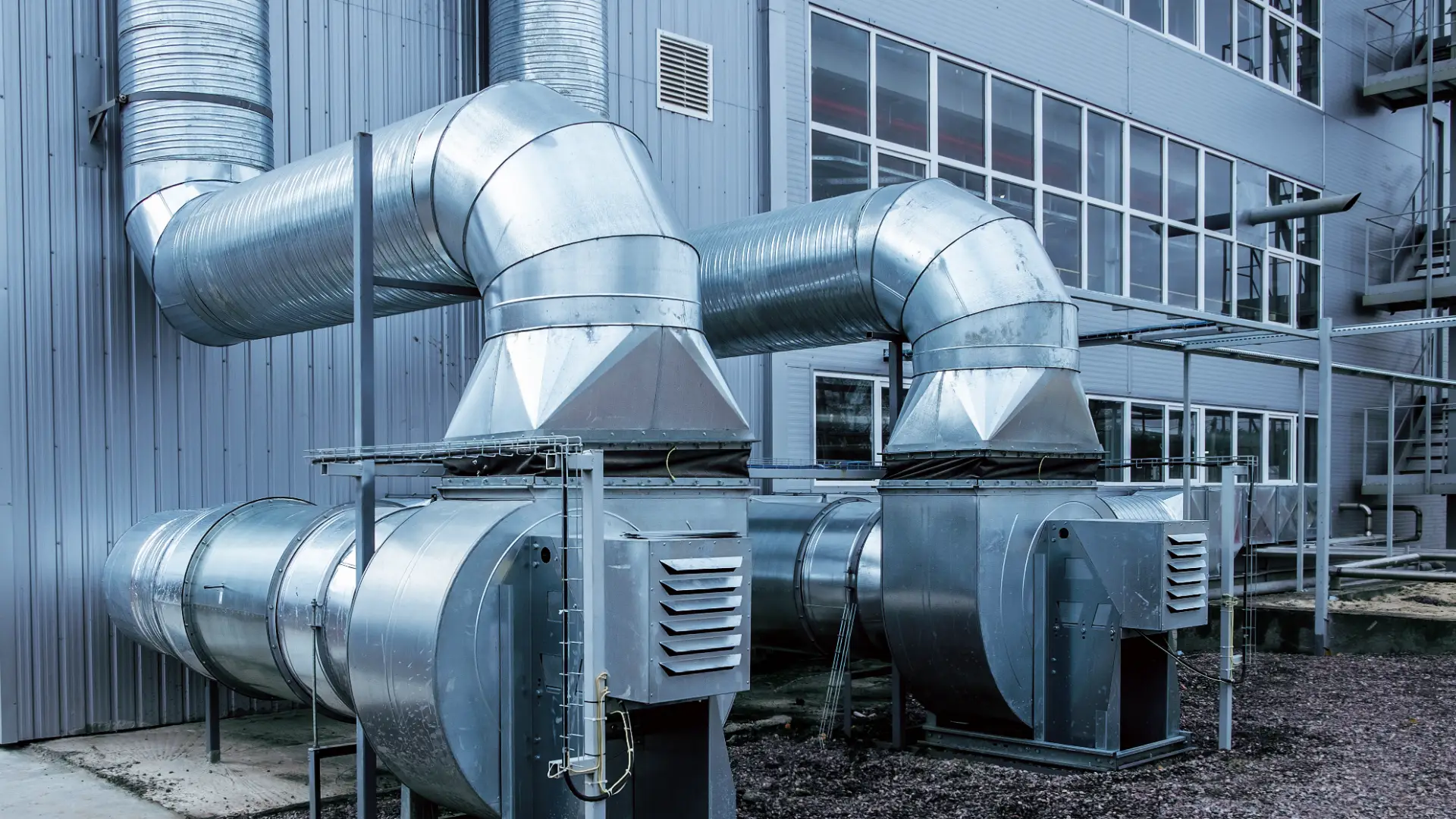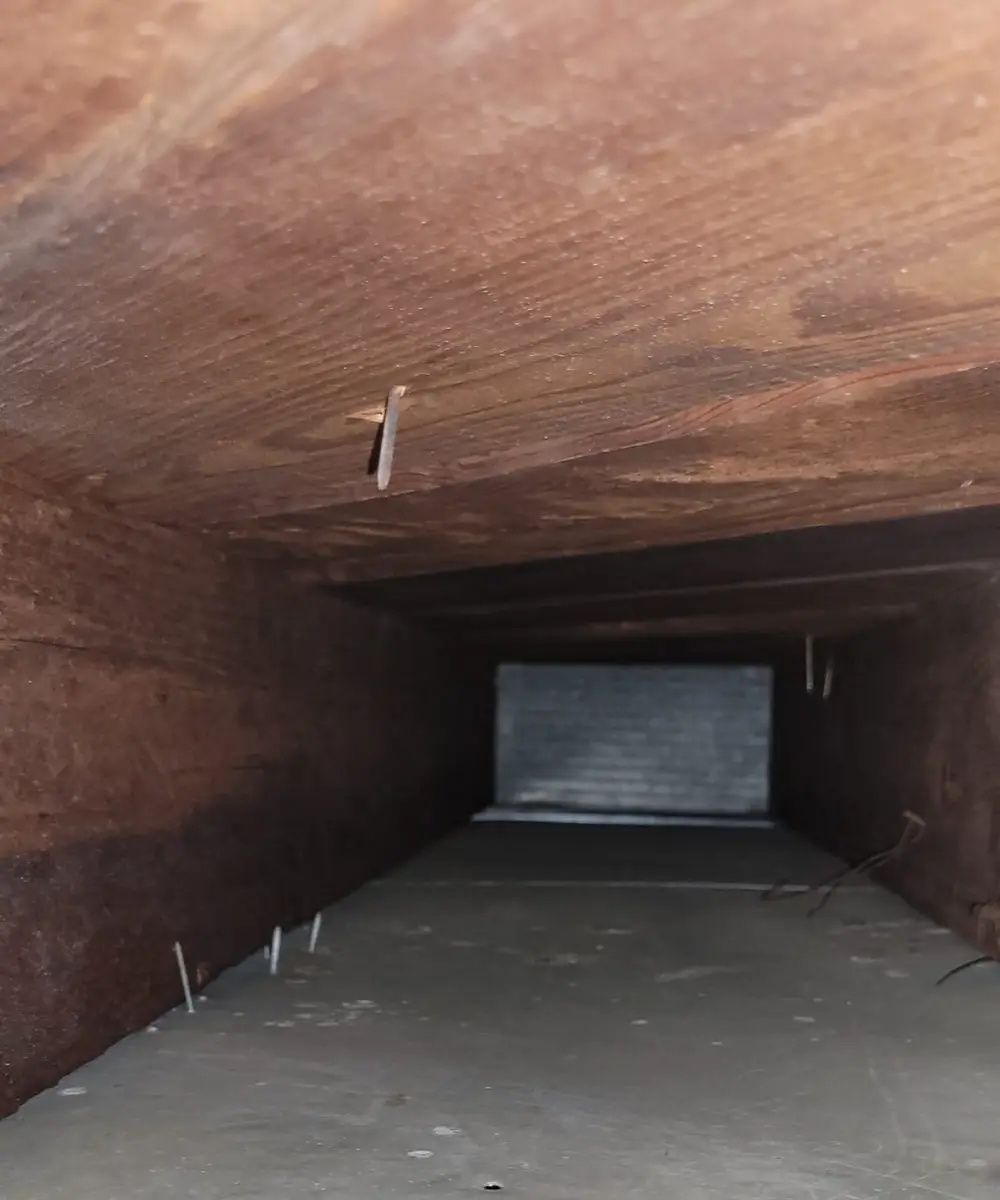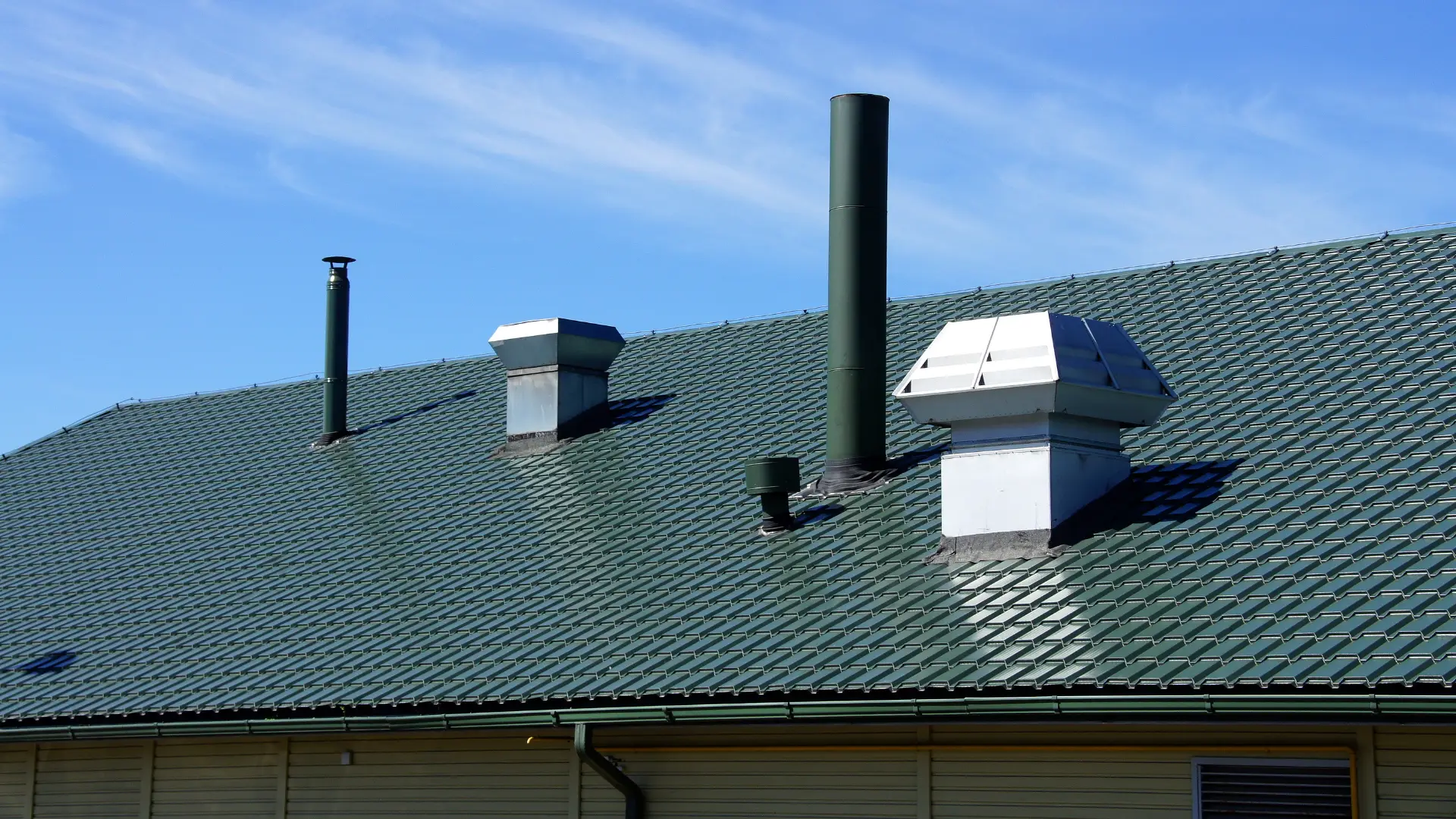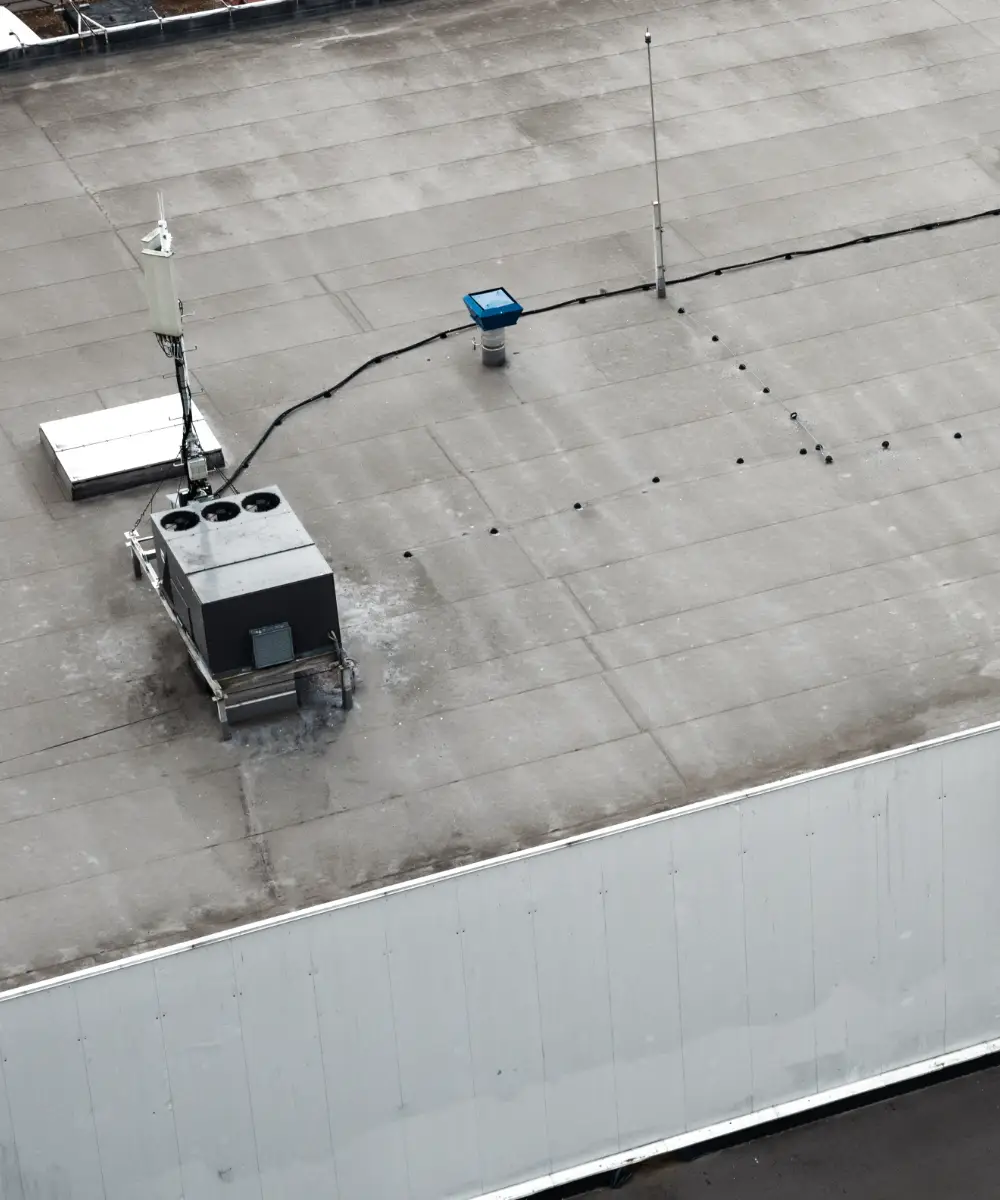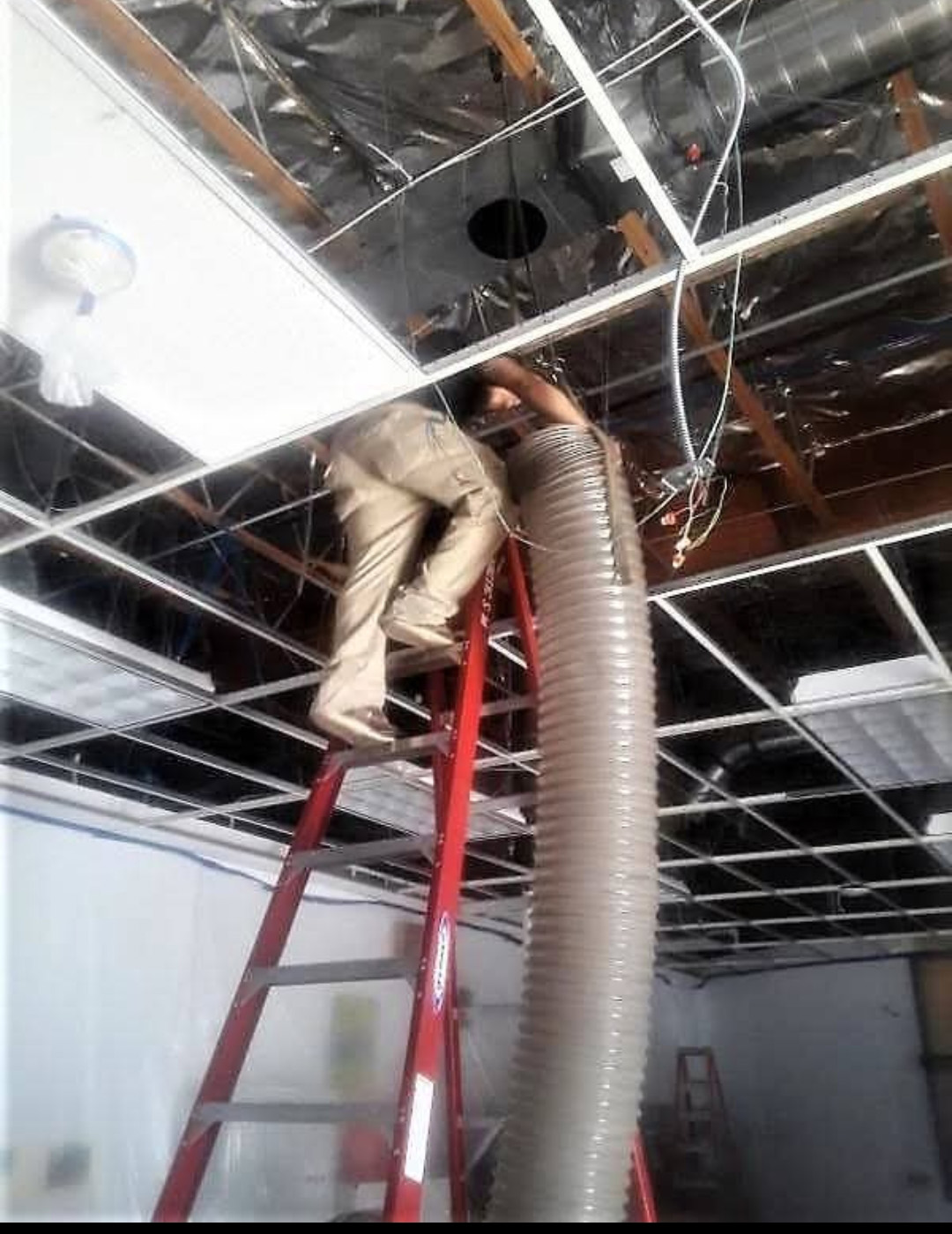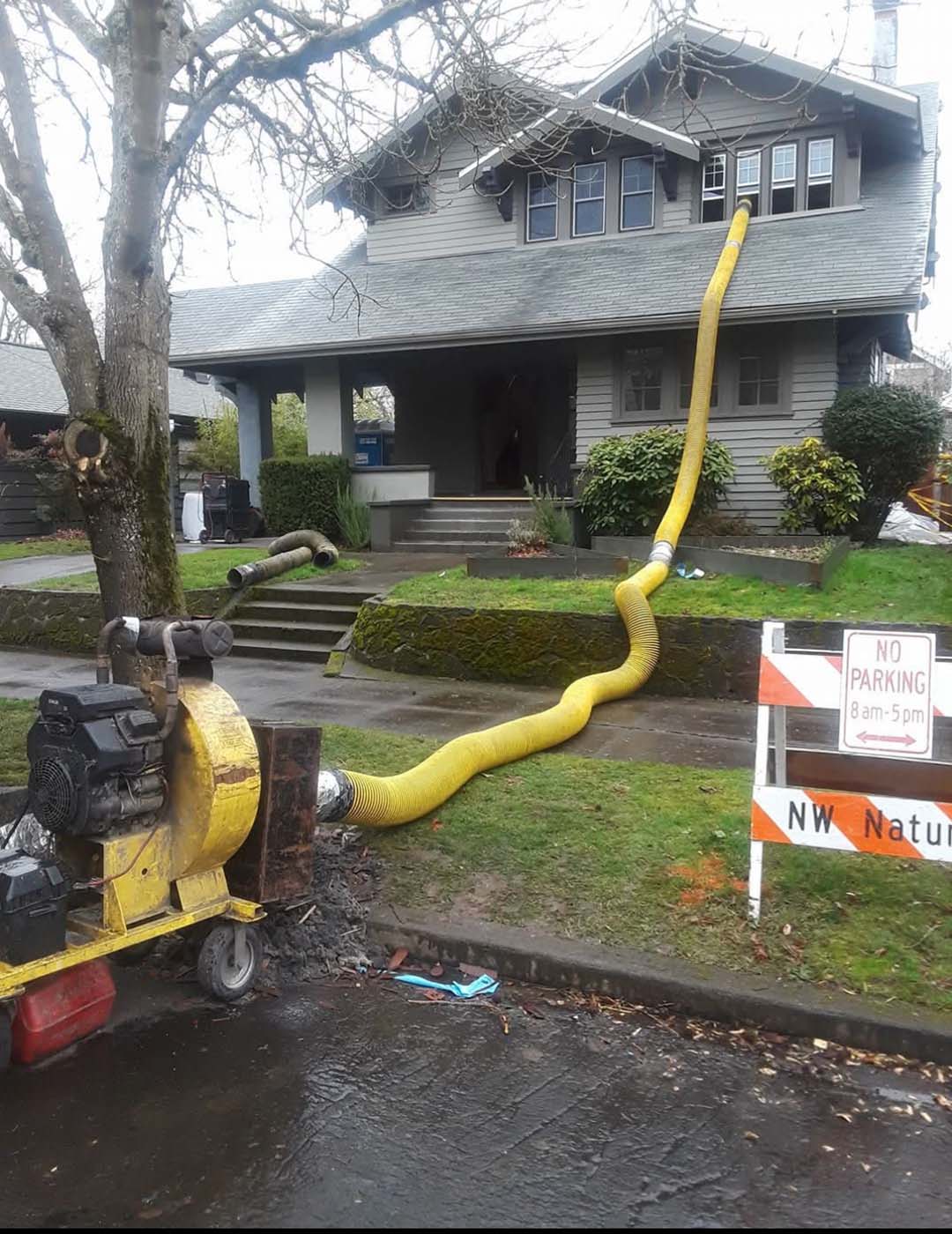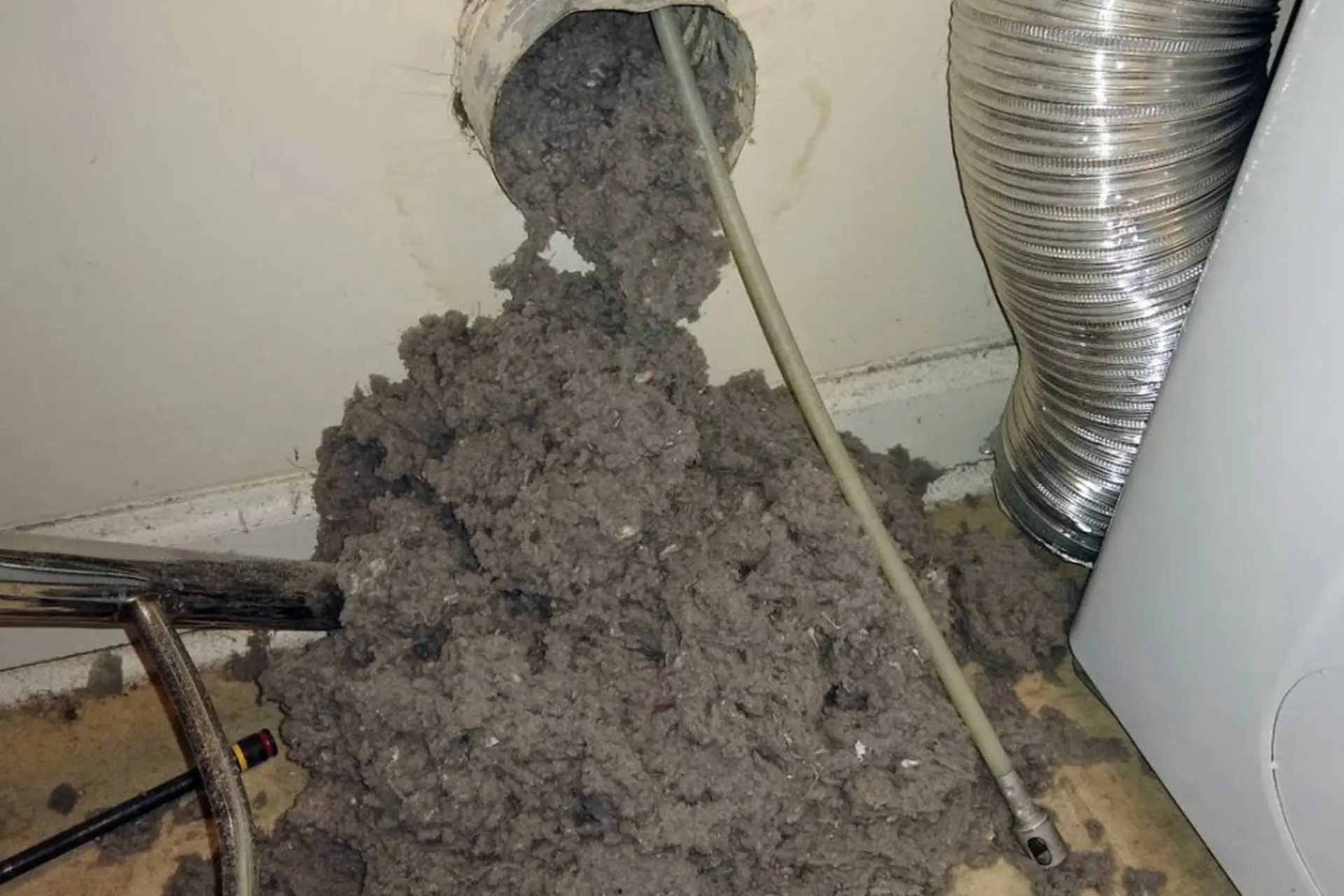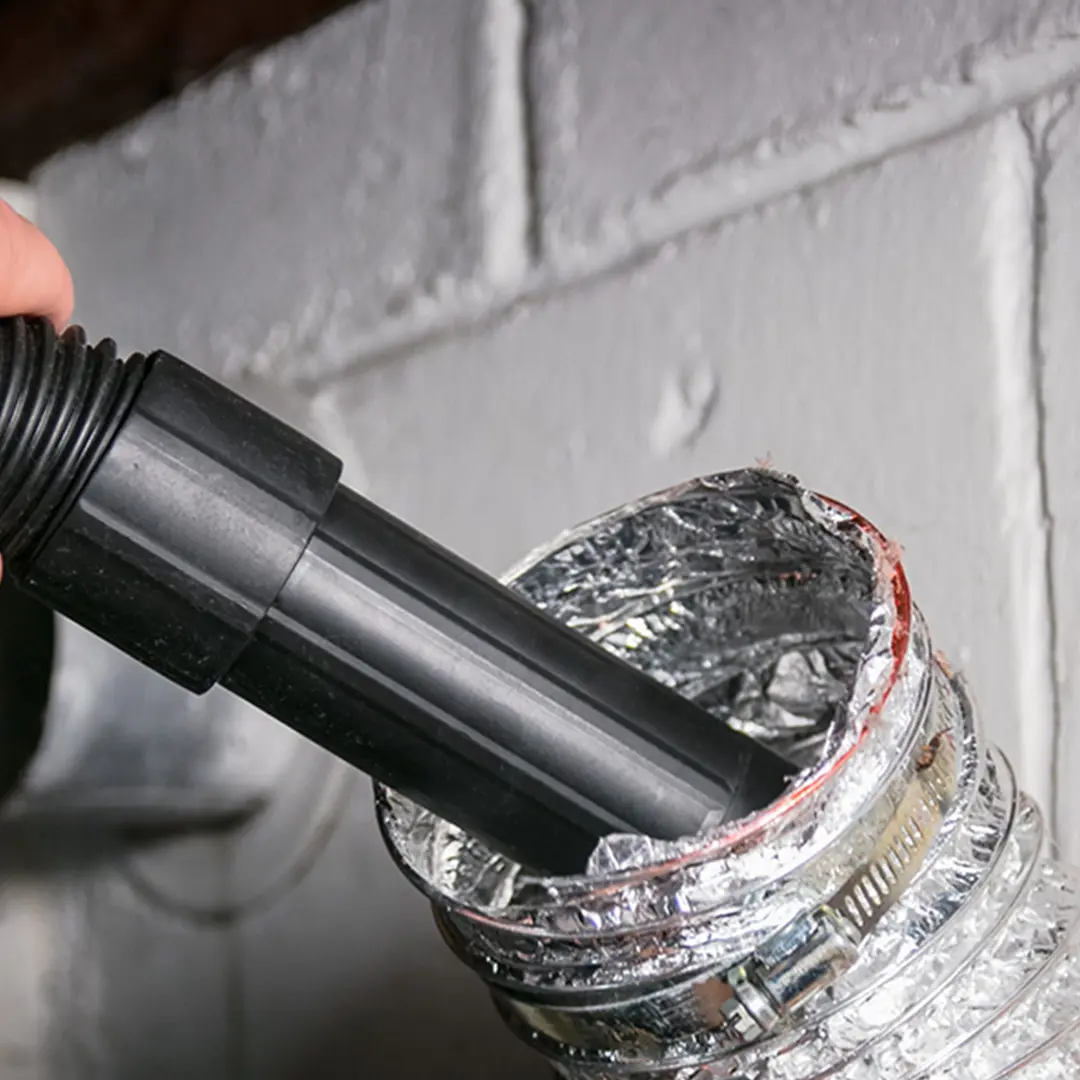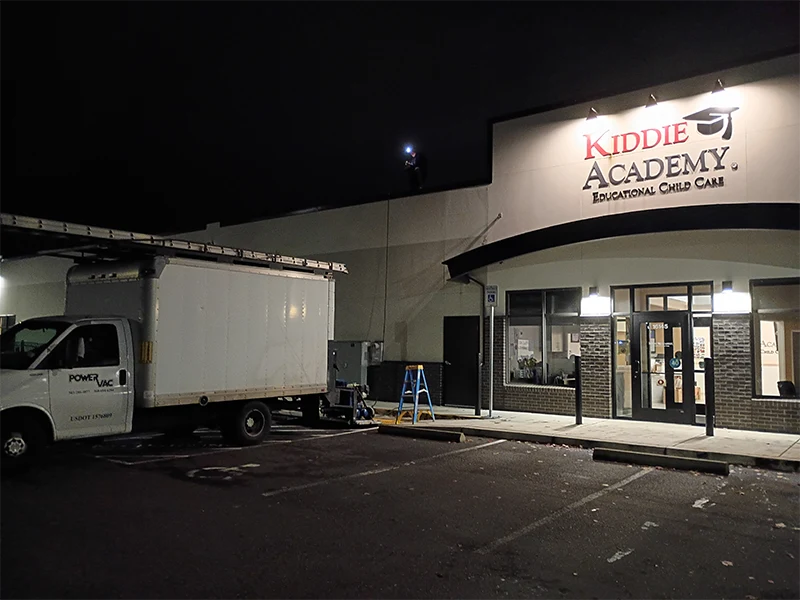
Air Duct Cleaning in Metro Portland, OR
Breathe easier with our professional duct cleaning services.
Vetted and Approved




Customer Testimonials
See what many of Power Vac’s satisfied clients have said about their experiences with us.
Top Benefits of Air Duct Cleaning
NADCA’s (National Air Duct Cleaners Association) rule of thumb for consumers is that “if your air ducts look dirty, they probably are,” and that these dirty ducts should be inspected by a reputable, certified HVAC professional like Power Vac. Below are some other reasons homeowners choose to have their air ducts cleaned:
Indoor Air Quality
Indoor air quality is one concern that homeowners have when they decide to investigate air duct cleaning. Your heating and cooling system is the lungs of your home. The system takes air in and breathes air out. Through normal occupation in a home, we generate a great deal of contaminants and air pollutants, such as dander, dust, and chemicals. These contaminants are pulled into the HVAC system and recirculated five to seven times per day, on average. Over time, this re-circulation causes a buildup of contaminants in the ductwork. While dirty ducts don’t necessarily mean unhealthy air in your home, school, or workplace, they may be contributing to larger health issues or harboring contaminants that could cause serious problems for people with respiratory health conditions, autoimmune disorders, or some environmental allergies.
Energy Savings
According to the U.S. Department of Energy, 25-40% of the energy used for heating or cooling a home is wasted. Contaminants in the heating and cooling system cause it to work harder and shorten the life of your system. Although filters are used, the heating and cooling system still gets dirty through normal use. When an HVAC system is clean, it doesn’t have to work as hard to maintain the temperature you desire. As a result, less energy is used, leading to improved cost effectiveness.
Unseen Contaminants
The removal of contaminants from the entire HVAC system is recognized by industry experts—as well as the NADCA—as the most effective way to eliminate air duct pollutants. This is referred to as the “source removal” method of duct cleaning. In addition to the obvious health benefits, duct cleaning can help you maintain a cleaner home. It also helps to restore HVAC system capacity and lessen running time, resulting in lower heating and cooling bills.
Why Do Your Air Ducts Need Cleaning?
Because they get dirty! In addition to normal accumulations of dust and dirt found in all homes with air ducts, there are several other factors that can increase the need for regular air duct cleaning:
- Pets, particularly those that shed frequently
- Occupants with allergies or asthma
- Cigarette or cigar smoke
- Water contamination or damage to the home or HVAC system
- Home renovation or remodeling projects
Common Contaminants Found in Dirty Air Ducts
Dust, dirt, pollen, animal dander, and other airborne contaminants are pulled into your duct system every time your furnace or air conditioner runs. These contaminants build up inside the ductwork over time and make your duct system an ideal breeding ground for mold spores, bacteria, fungus, mildew, and other microbes. When the furnace or air conditioner is turned on, these contaminants are spewed out and circulated throughout your home and affect the health and comfort of your family. Family members who suffer from allergies, asthma, or other respiratory ailments, as well as children and the elderly, are especially vulnerable to the effects of indoor air pollutants such as:
Pollen
Biological contaminants such as pollen can trigger allergic responses in individuals and play a key role in causing asthma episodes for an estimated 15 million Americans.
House Dust
Did you know that dust contains over 5,000 different components? These include fibers, dander, soil, bacteria, molds, smoke residues, pesticides, dust mite allergens, skin flakes, and even insect body parts.
Dust Mites
Dust mites, though invisible to the naked eye, are present in every home. They thrive on human skin flakes and are commonly found in mattresses, pillows, carpets, upholstered furniture, bed covers, clothes, stuffed toys, and fabric-covered items. The body parts and feces of dust mites can trigger asthma in individuals with allergic reactions. Furthermore, exposure to dust mites can induce asthma in children who have not previously shown any symptoms of the condition.
Bacteria
Bacteria are a biological pollutant. Biological pollutants are or were living organisms. They can travel through the air and are often invisible. They promote poor indoor air quality and may be a major cause of days lost from work or school and of doctor and hospital visits. Some can even damage surfaces inside and outside your house. (Consumer Product Safety Commission)
Pet Dander
Dander from cats and dogs that live indoors as family pets is a very important cause of allergic symptoms in sensitized people. These people can suffer from asthma, allergic rhinitis, and allergic conjunctivitis. Dander can persist in the environment long after the pet no longer lives in the home.
Skin Flakes
A biological contaminant, and a dust mite's favorite food. Humans shed about a fifth of an ounce of dander (dead skin) each week. About 80% of the material seen floating in a sunbeam is actually skin flakes. (Ohio State University)


